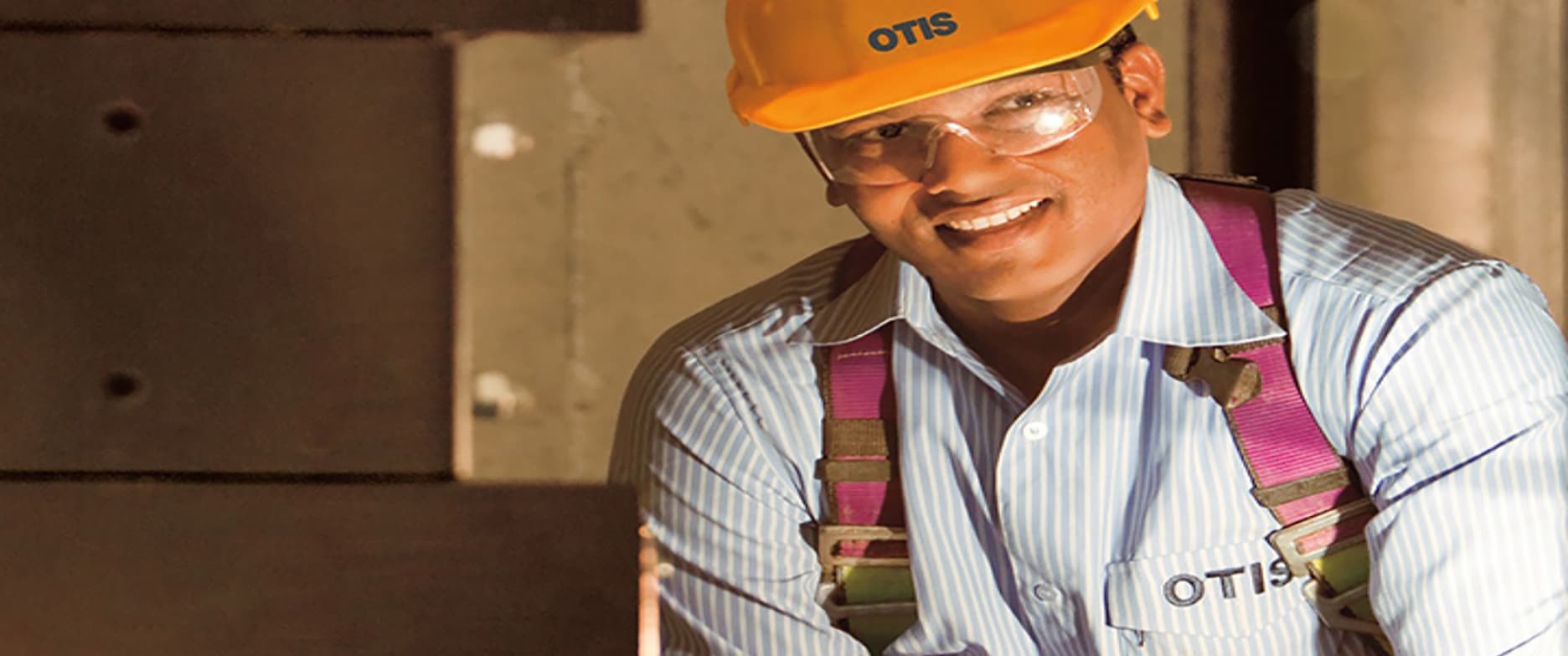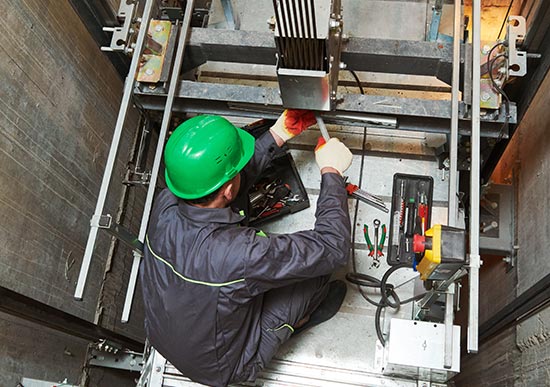Comprehensive Overview to Elevator Equipments and Their Upkeep
Browsing the detailed world of elevator systems and their upkeep is a task that requires accuracy and understanding. From the various kinds of lift systems being used to the careful adherence to security guidelines, the upkeep of these upright transport gadgets is a complex endeavor. As structures soar higher and technology advances, the requirement for an extensive understanding of lift systems becomes progressively important. Join us as we decipher the complexities of lift upkeep, exploring usual issues, finest techniques, and innovative innovations that shape the modern landscape of vertical transport.
Sorts Of Elevator Systems
Elevator systems been available in numerous kinds, each created to match particular building requirements and customer requirements. One of the most common kinds include hydraulic elevators, grip lifts, machine-room-less elevators, and vacuum cleaner elevators. Hydraulic lifts are excellent for low-rise structures and utilize a hydraulic piston to move the lift vehicle. Grip elevators, on the other hand, are more suited for skyscrapers and utilize steel ropes and weights to relocate the cars and truck. Machine-room-less lifts are a space-saving alternative as they do not call for a separate device room for the elevator machinery. Vacuum cleaner elevators, a more modern-day development, usage air stress differentials to relocate the vehicle within a clear tube.
Each type of elevator system has its very own benefits and drawbacks, making it vital for building proprietors and designers to carefully consider their specific requirements prior to selecting one of the most ideal option. Factors such as constructing height, room availability, power efficiency, and spending plan constraints all play a significant duty in establishing the most effective elevator system for a specific structure.
Usual Upkeep Problems
Normal upkeep of elevator systems is important to make sure smooth operation and extend their life-span. Despite normal upkeep, lift systems can still experience common maintenance issues that need to be quickly resolved to stop disruptions in service. Normal examinations and positive upkeep can assist recognize and resolve these common maintenance concerns before they escalate and impact the general performance of the elevator system.
Safety And Security Rules and Compliance
Sticking to stringent safety guidelines and guaranteeing conformity with sector requirements are vital for keeping the operational stability of elevator systems. Lifts are subject to a comprehensive set of safety laws to protect guests, maintenance workers, and the public. Regulatory bodies such as the Occupational Safety and Health And Wellness Administration (OSHA) in the United States and the European Lift Organization (ELA) in Europe establish standards that cover different elements of lift design, operation, maintenance, and setup.
Compliance with these policies is not only a legal demand but additionally an ethical responsibility for building proprietors and lift maintenance companies. Failure to satisfy safety criteria helpful resources can cause fines, lawful obligations, and, most importantly, endanger the security of people utilizing the lift. Normal assessments, upkeep checks, and adherence to safety protocols described in the policies are important to make sure the secure and reliable procedure of elevator systems. By prioritizing safety regulations and conformity, stakeholders can maintain the trust of the public and alleviate possible dangers connected with lift usage.
Ideal Practices for Maintenance

Building owners must likewise consider investing in modernization upgrades to enhance the effectiveness and security of their elevator systems. By following these finest techniques, elevator systems can run efficiently and securely, supplying reputable vertical transport for passengers.

Advanced Technologies for Effectiveness
Carrying out cutting-edge technologies in lift systems can significantly boost operational performance and traveler experience. lift maintenance company. Among the essential improvements in elevator technology is the intro of destination control systems. These systems enable passengers to input their wanted flooring home prior to getting in the elevator, which then routes them to one of the most effective car. By maximizing and reducing unneeded quits traveling paths, location control systems decrease wait times and blockage in high-traffic structures.
Additionally, the integration of clever sensing wikipedia reference units and anticipating upkeep abilities has reinvented elevator maintenance. These sensing units can spot potential problems prior to they escalate, allowing positive upkeep interventions and reducing downtime. Additionally, using energy-efficient parts and regenerative drives helps in reducing power usage and operating costs in lift systems.
Moreover, the application of cloud-based monitoring and remote diagnostics permits real-time tracking of elevator performance and immediate troubleshooting of any type of malfunctions. This positive approach not only boosts system dependability yet also enhances the total customer experience by ensuring nonstop and smooth elevator procedures.
Final Thought
To conclude, recognizing the different sorts of elevator systems, typical maintenance concerns, safety laws, ideal upkeep practices, and progressed technologies for performance is essential for making certain the smooth operation of elevators. By adhering to safety laws and implementing best techniques for upkeep, structure owners can extend the lifespan of their lift systems and guarantee the safety and security of travelers. It is very important to remain updated on the latest innovations in elevator modern technology to boost effectiveness and reliability.
The most typical types consist of hydraulic elevators, traction elevators, machine-room-less elevators, and vacuum cleaner elevators. Hydraulic elevators are excellent for low-rise buildings and make use of a hydraulic piston to relocate the elevator vehicle. Machine-room-less elevators are a space-saving option as they do not call for a separate maker area for the elevator equipment. Regular examinations and positive maintenance can aid recognize and fix these usual maintenance concerns before they intensify and affect the total efficiency of the elevator system.
